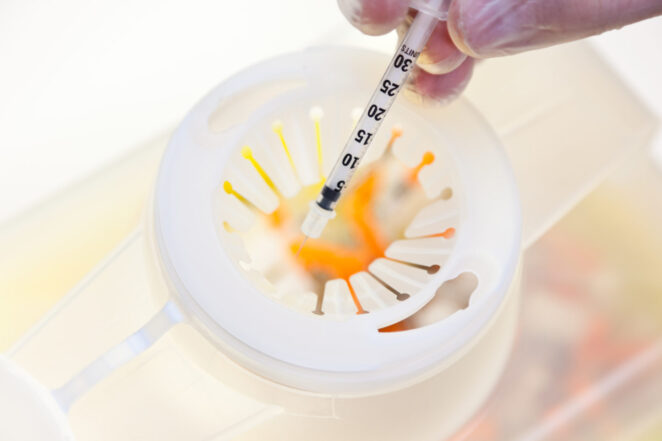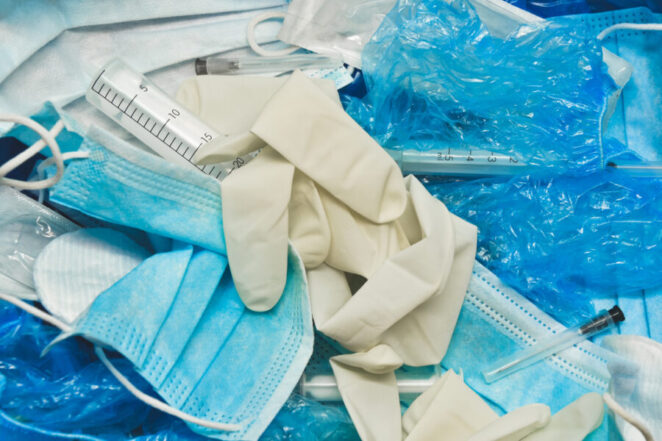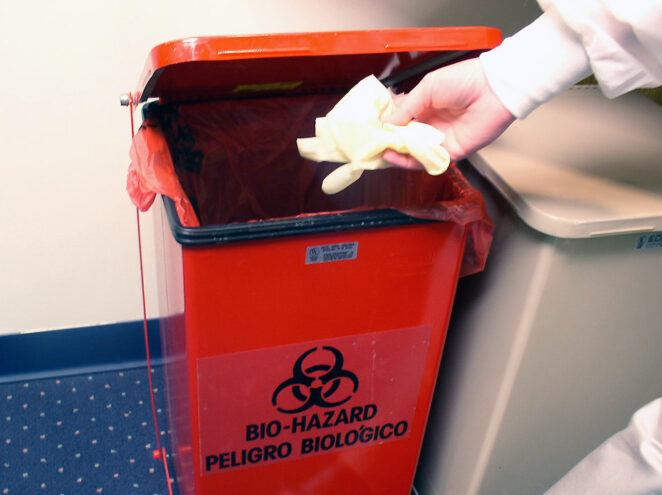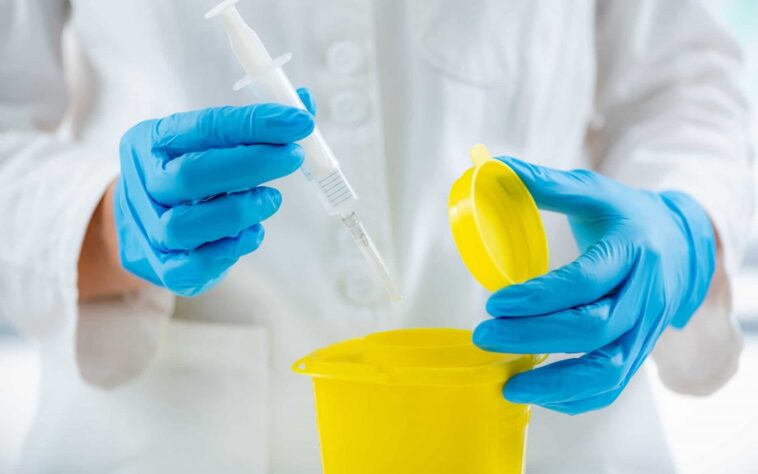Waste management and disposal can be a tricky task, especially when it comes to medical waste. In order to ensure that medical waste is disposed of properly, you need an effective plan in place. This blog will provide you with simple tips for developing an efficient and safe approach to managing it. With these tips and strategies, you can ensure that your facility is compliant and prepared for any medical waste situation!
Benefits of Effective Medical Waste Management

Medical waste management is a critical factor in the successful operation of any healthcare facility. It includes proper collection, transportation, storage and disposal of medical waste. Effective medical waste management has many benefits for both the environment and healthcare personnel.
One of the most important benefits of effective medical waste management is reducing the risk of infection. Proper containment and disposal of medical waste prevents contamination from spreading from person to person or from entering the environment, which protects both healthcare personnel and local communities from potential exposure to disease-causing organisms. Proper management also prevents unnecessary costs associated with handling of contamination.
Effective medical waste management also increases safety in the workplace by:
- reducing excessive clutter
- ensuring that staff have all necessary supplies to safely handle contaminated materials
- avoiding cross-contamination during treatment
- removing dangerous hazards such as sharp objects or contaminated materials that could cause injury to health care personnel or patients.
Additionally, following effective procedures reduces inaccuracies associated with over-classifying materials as hazardous or hazardous material being mistakenly disposed as non-hazardous material. This will help ensure that all facilities comply with current regulations and produce minimal environmental impact due to incorrect handling procedures.
Successful implementation of this type of management program has many advantages beyond simply improving safety in healthcare settings; it also helps prevent infection transmission and ensures compliance with all relevant laws for accurate and efficient disposal practices. Thus, efficient medical waste management not only keeps our environment safe but also strengthens public health protection measures at large scale level by mitigating potential risks associated with improper handling practices.
Understanding Medical Waste

It is defined as any kind of material that has been used in, or contaminated by, a medical procedure. It may include anything from single-use sharps, bandages and swabs to clinical waste generated during certain treatments. Understanding the type you generate will ensure that it is disposed of in the correct manner to protect both public health and the environment.
There are three main types – infectious, hazardous, and universal – each requiring specialized disposal methods to ensure safe handling.
- Infectious waste includes all material contaminated with bodily fluids or generated by a patient who has tested positive for a communicable disease-causing microorganism. This includes human tissue and bodily fluid samples, swabs and fluid containers, as well as any items that have come into contact with patients or laboratory cultures showing evidence of activity related to infectious diseases.
- Hazardous medical waste includes medications, chemotherapy wastes, chemicals generated during laboratory testing or other chemical treatments associated with patient care. These materials must be disposed of in accordance with regulations due to their potentially harmful effects on humans and the natural environment if not handled properly.
- Universal medical waste consists of non-hazardous materials such as single-use sharps (needles, syringes etc.), gloves and gowns that may be contaminated by contact with infectious agents but do not contain hazardous chemicals. These materials should never be reused and should always be disposed of appropriately.
It is important for healthcare workers to understand the type they generate in order to ensure correct collection and disposal methods according to safety regulations developed by environmental health agencies around the world.
Challenges in Medical Waste Management
This type of management carries with it many health and environmental risks and so numerous challenges can arise in the process. A few of these challenges include:
- Proper Labeling and Segregation: It is essential to accurately label medical waste to ensure that hazardous materials are properly segregated from general or non-hazardous materials, as per the regulations of the particular jurisdiction in which one is generated. Not properly labeling it can adversely affect any local organization’s ability to track, identify, and manage disposal activities appropriately.
- Transportation Diversion: Safely transporting unscheduled or outdated hazardous materials such as needles, sharps, biohazard bags, lab glassware, trace chemotherapy drugs, pharmaceuticals, and radioactive compounds requires strict adherence to transport regulations throughout each stage of transportation until proper disposal at a permitted treatment facility.
- Improper Disposal Practices: Poor practices put human health at risk by exposing individuals to hazardous chemicals or diseases found in medical waste when not disposed of correctly; this could include burying or burning materials either onsite or outdoors which may leach pollutants into soil or air over time. In addition, landfills with loose liners can result in contaminated surface water and groundwater pollution through leaching if not monitored correctly over regular intervals of time. Incineration also has its associated risks including “dioxin” pollution from hospital-generated incineration which increases the health risk for local populations near incinerators sites due to particulates in the air conversely seeking new technologies for Sanitary Landfill operations that have lower environmental impact than traditional techniques remains an ongoing pursuit by medical waste management firms worldwide today.

Conclusion
Effective medical waste management is essential to ensure the safety of both people and the environment. The implementation of the recommended strategies, such as proper segregation of it, safe storage and transportation, and recycling and reusing of suitable materials can play an important role in maintaining a clean and hygienic environment. Furthermore, research should be conducted to develop newer methods and technologies to significantly reduce the negative impacts of medical waste.
Through awareness campaigns and government regulations, people across the world need to be educated about proper disposal of medical wastes, so that everyone can contribute towards a healthier planet:
- Proper segregation of medical waste
- Safe storage and transportation
- Recycling and reusing of suitable materials
- Develop newer methods and technologies to reduce the negative impacts of it
- Raise awareness about proper disposal of medical wastes




